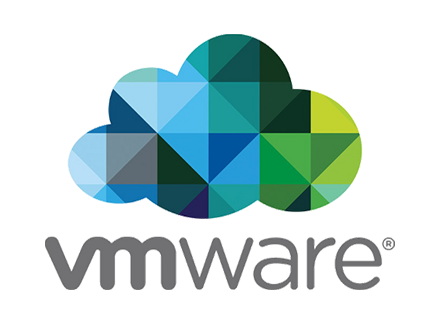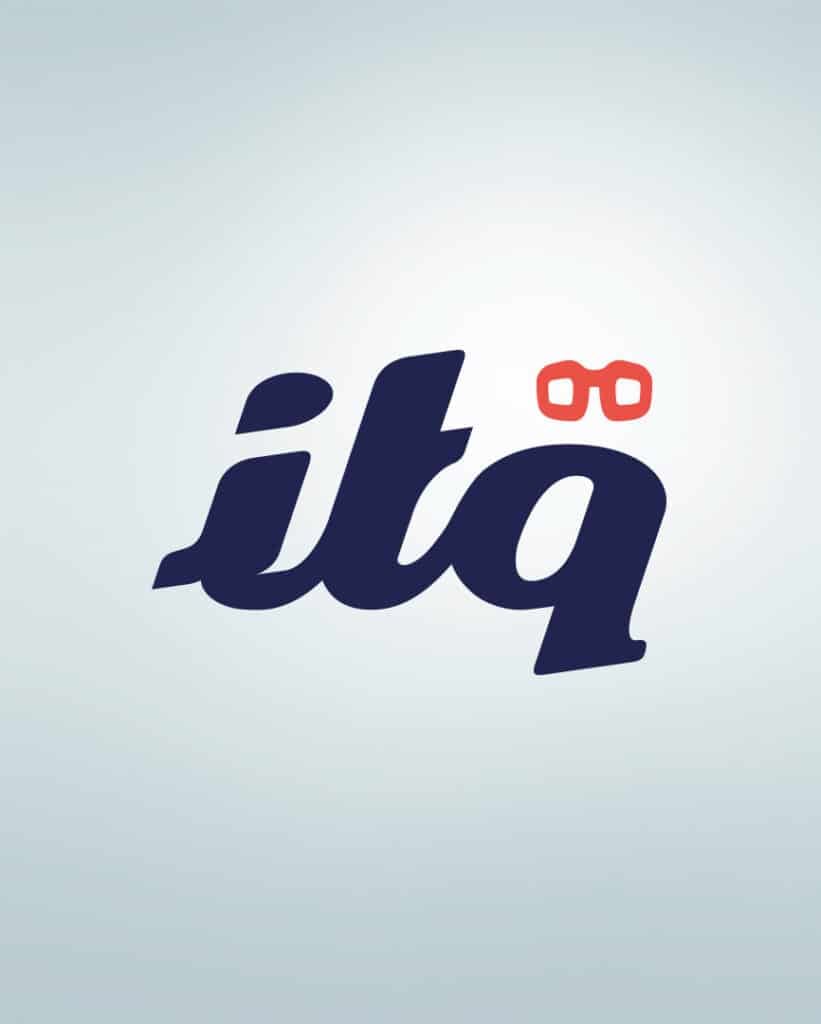Last week VMware released version 6 of their flagship hypervisor product vSphere. Apart from the usual enhancements -more CPU and RAM per host, more vCPU and vRAM per VM, larger clusters, etc.- the enhancement to vMotion might be the most remarkable of this release.
vMotion is losing its vCenter boundary; it is now possible to live migrate virtual machines across vCenter Server systems. This means we can now create much larger vSphere environments. While it must have been quite a challenge to achieve this, the real challenge was probably in retaining the VM management, the VM data and settings and preventing future conflicts after a cross vCenter vMotion. Make no mistake, the vMotion technique is what got VMware in almost all Datacenters, and especially the reliability of the technique got them to where they are now. In that perspective, this can be seen as a high risk enhancement; needless to say it is vital that vMotion stays as reliable as it has been over the past decade.
Technically a cross vCenter migration can now be done without downtime and without causing a disruption to the VM management. The cross vCenter vMotion retains historical data about the virtual machine. It also preserves all the settings and metadata, including the virtual machine UUID, the alarms, the events, the vSphere HA settings, DRS settings, affinity rules, resource reservations and of course also its MAC address. To prevent MAC address conflicts, each vCenter server retains an internal blacklist of MACs to prevent duplication.
The cross vCenter vMotion adds complexity but also flexibility and scalability, the enhancements in vSphere 6 will take us a step closer to the (hybrid) cloud.


